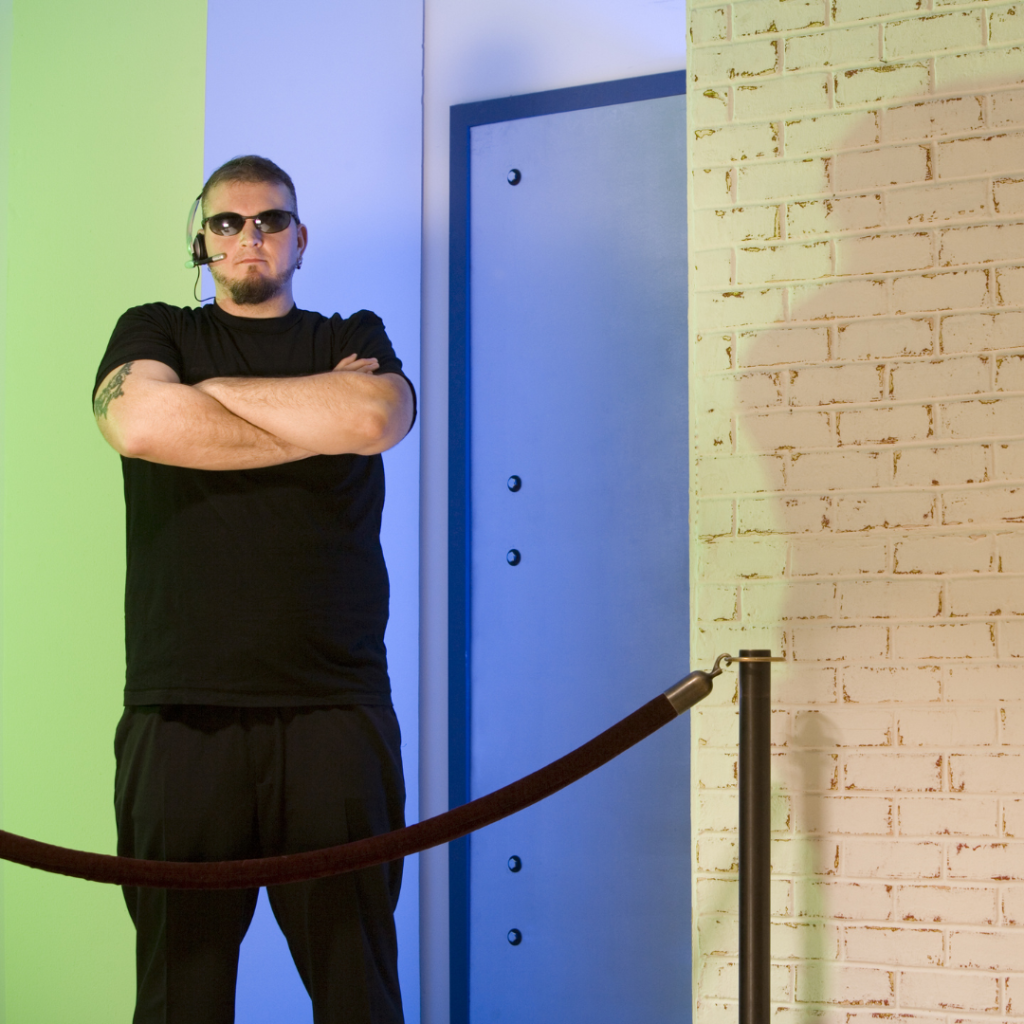
Does Your Fake ID Work? 5 Ways to Test It Before Going Out
There’s nothing more awkward than getting hyped for a night out—only to get your ID squinted at, bent, scanned, and then… denied.
Whether you’re heading to a college bar, music venue, or your local liquor store, a sketchy ID can ruin your entire night (and maybe cost you the ID itself). The stakes? Public embarrassment at best—permanent ban from your favorite bar at worst.
The good news? You can test your fake ID before going out. And if it passes these checks, you’re probably good to go. Let’s break down 5 solid ways to test your fake ID so you don’t end up getting “the look” from the bouncer.
1. Check the Barcode—Does It Scan?
Why it matters:
These days, bars and clubs don’t just look at your ID—they scan it. If your barcode is blank or encoded incorrectly, it’s a red flag.
How to test it:
Use a barcode scanning app like “PDF417 Barcode Scanner” on Android or iOS.
- If your fake has a working barcode, it should pull up your name, DOB, and license info.
- If it pulls up gibberish, someone else’s data, or nothing at all, that’s a problem.
Pro tip: Always match what scans with what’s printed. Bouncers check both.
2. Hold It Under UV Light
Why it matters:
Real IDs often use UV ink and holograms that glow under blacklight. Cheap fakes won’t replicate this, and many bars have UV lights at the entrance.
How to test it:
Buy a cheap UV flashlight online and shine it on your ID in a dark room.
- You should see state seals, ghost images, or embedded UV features
- No glow? It could get flagged as a fake immediately
3. Feel the Card—Does It Feel Real?
Why it matters:
Bouncers and clerks often use touch before sight. Real IDs are printed on PVC with textured printing, microtext, and raised lettering in some states.
How to test it:
Compare your ID with a real state-issued one (from a friend or your own if you have one).
- Does it have similar thickness, edge cuts, and lamination quality?
- Do the printed areas feel flat or detailed?
If it feels flimsy or overly glossy, it probably won’t fool someone who checks IDs all day.
4. Flash Test: Does It Shine Right?
Why it matters:
Real IDs reflect light differently depending on holograms, lamination, and overlays. Some fakes are too flat, others reflect light in weird ways.
How to test it:
Turn your phone flashlight on and tilt the ID.
- You should see holographic elements and laser-engraved details
- Weird rainbow reflection or nothing at all = not good
Some states (like California and New York) have very specific light patterns. You can look up YouTube videos of what real IDs should reflect like and compare.
5. Compare With the Real Deal
Why it matters:
Details matter. Bouncers often check font styles, spacing, expiration dates, and even the address formatting.
How to test it:
Find a high-res image of a real ID from the same state and year. Compare:
- Fonts
- Color tones
- Placement of elements (signatures, flags, seals)
- Photo placement and shadows
The more accurate the design, the safer you’ll be. Good fakes replicate these details down to the pixel.
How Do You Know Your ID is Actually Solid? Choose a Trusted Source
If you’re reading this and realizing your fake ID might not pass all five tests… yeah, that’s a problem. The truth is, most fake ID sellers don’t even try to pass these checks. That’s where IDLord stands out.
Why IDLord IDs Actually Pass These Tests
✅ Scannable Barcodes That Match Printed Info
Every ID is encoded with data that matches what’s printed—no mismatches, no random data.
✅ UV & Holographic Features That Glow Correctly
Our IDs replicate state-specific UV features, so they look just like the real deal under blacklight.
✅ Premium Laminate and Real-Feel Materials
We use PVC cards and industry-grade overlays to make sure your ID doesn’t just look real—it feels real too.
✅ Trusted by Thousands of Students Nationwide
From college bars to small-town liquor stores, IDLord IDs get through. And if there’s ever a problem, our team is ready to help.
No More Guesswork—Test It, Trust It, Use It
Before you walk up to the door thinking, “I hope this works…”—run the tests. Check the barcode, UV, texture, and shine. If your ID passes those, you’re in good shape.
Or better yet, get an ID that’s built to pass from the start.